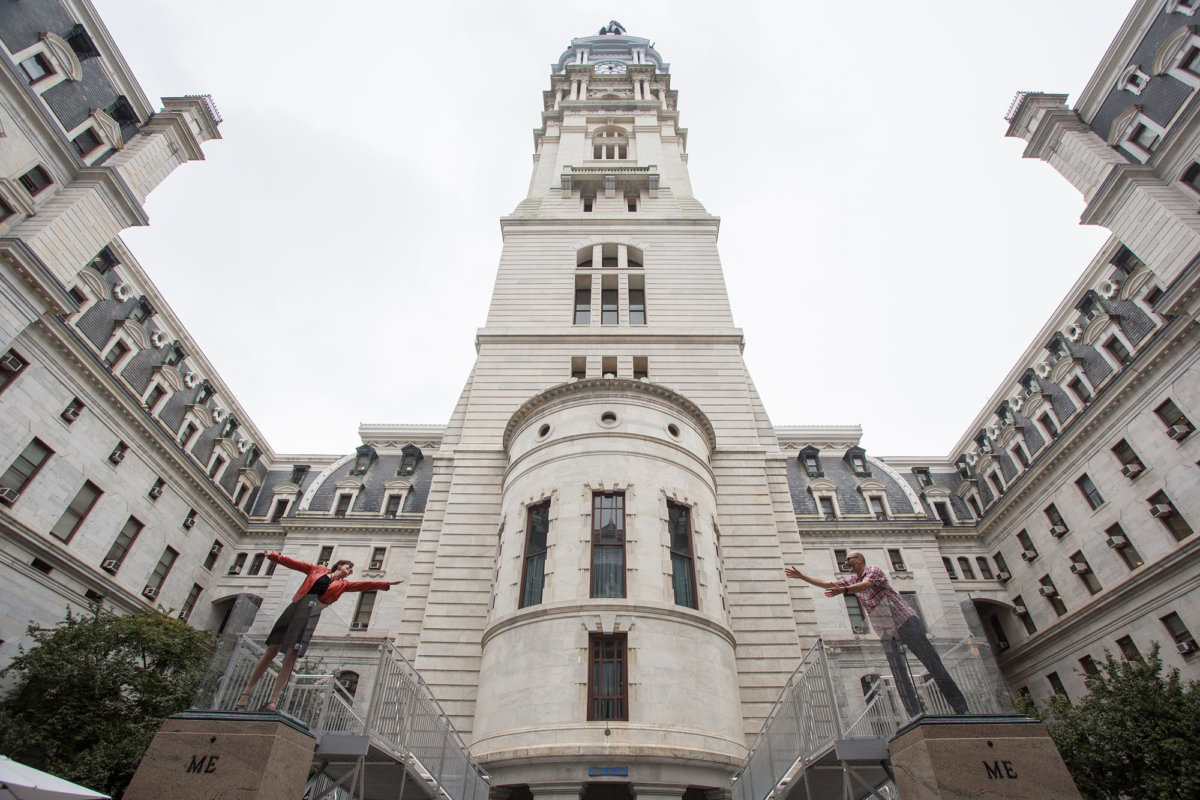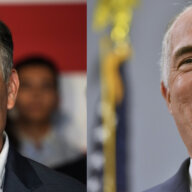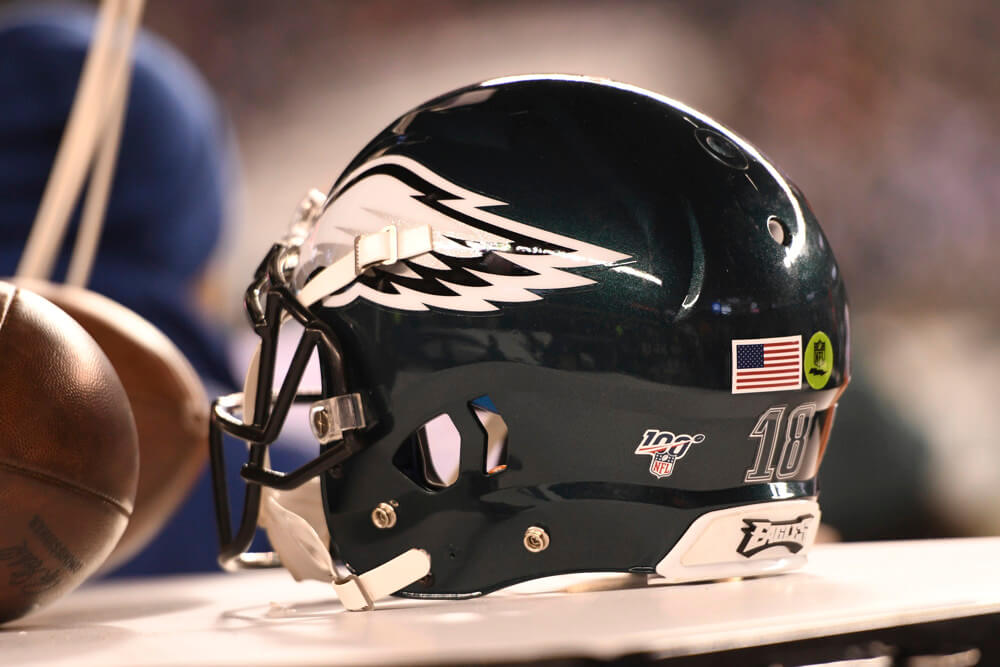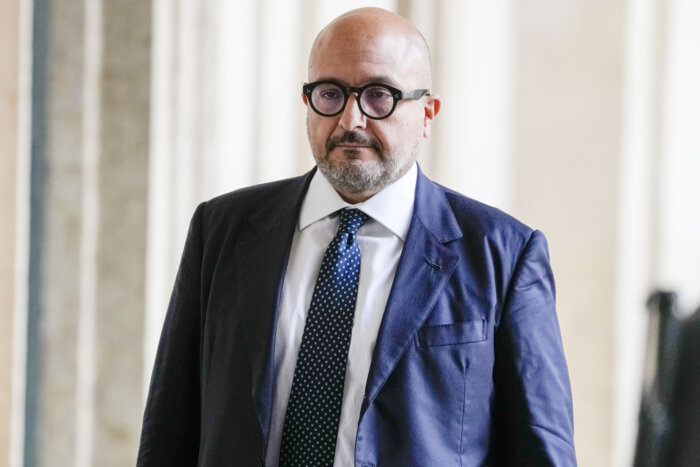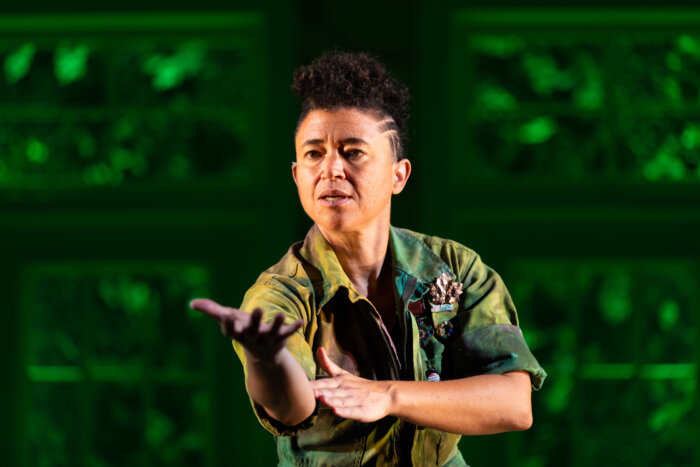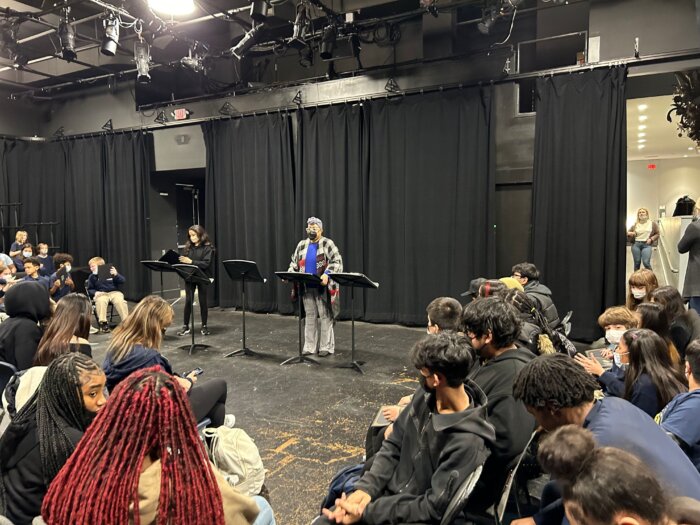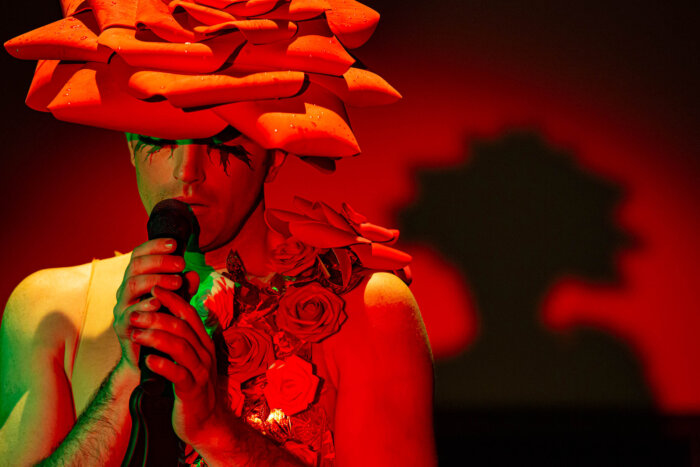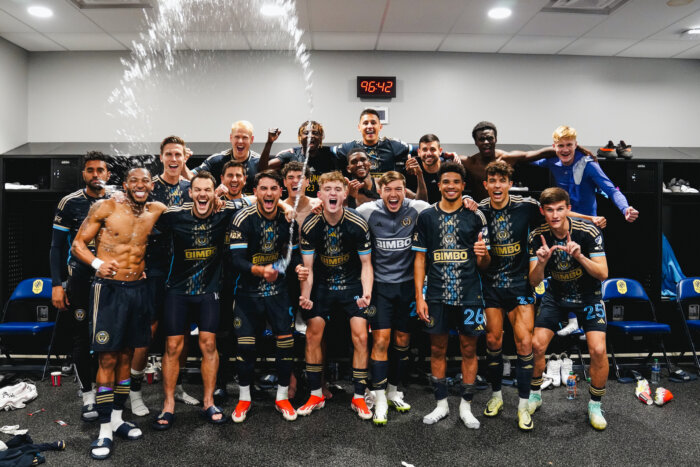Many grants and funds have supported businesses that were affected by COVID-19, but people rarely know how these charitable incentive comes to fruition. From the inside, it can be quite a taxing, but rewarding process, especially for The Pew Center for Arts & Heritage. The organization is known for its grant program, but 2020 pushed a new incentive to become the focus.
“When the pandemic forced cultural institutions to close their doors and postpone their programs and events, we knew that the region’s arts and heritage sector would have extraordinary challenges ahead. As we moved forward with awarding our 2020 grants, a process which was already underway when the pandemic hit, we simultaneously began to look ahead and consider how The Pew Center for Arts & Heritage could help grantees move toward recovery from COVID’s impact,” says Paula Marincola, Executive Director of The Pew Center for Arts & Heritage (the Center).
According to Marincola, who became the organization’s first ED in 2008, Pew co-sponsored a study in collaboration with other funders to survey and analyze the pandemic’s effects on the arts sector and inform their grant-making approach for 2021.

From there, a new approach to a grant from the wake of a pandemic was formed.
“Both the study findings and ongoing conversations with our grantees pointed to the importance of organizational adaptability and the need to reshape operations and approaches to programming and audience engagement,” continues Marincola. “2021 is a critical year for organizations to focus on developing strategies for their future sustainability, and that’s what our new recovery project grants will support.”
According to a release, the new recovery grants are designed to help current and past Center grantee institutions emerge from this challenging period as more resilient and sustainable and will be awarded to those seeking to adapt and reshape their operations, as well as to reimagine or expand approaches to programming and audience relationships. Funding for individual artists will continue through the Center’s Pew Fellowships in the Arts program, but artists have to qualify for it.
“Our annual grants are awarded through a rigorous application and panel review process. We seek out panelists who are accomplished, internationally recognized professionals with expertise in the artistic disciplines and issues represented in each year’s group of grant applications,” says Marincola. “The panels evaluate the proposals we receive and determine the recipients. 2021 recovery project grants will be made through the same process as in previous years. This year’s application process has just begun, and the recipients of fellowships and recovery grants will be announced this summer.”
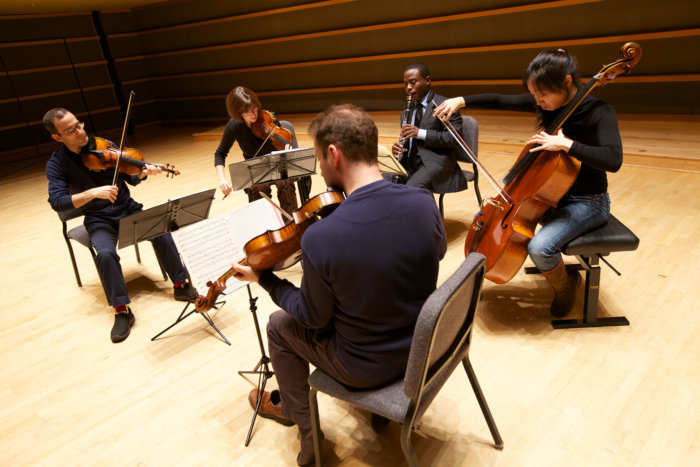
How much are these organizations receiving? This year’s recovery project grants are awarded up to $400,000 for a single organization or an aggregate of up to $800,000 for collaborative efforts. According to the release, as with previous Center project grants, an additional 20 percent in unrestricted general operating support will be added to each award as well. That money is going to be used to fuel the sustainability of the economy.
“The goal of these recovery grants is to bolster the resurgence of the sector and help organizations emerge from this period as more durable and sustainable. Cultural institutions have already shown remarkable perseverance and resilience and made critical adaptations to maintain operations during a time of great uncertainty,” explains Marincola when asked what she hopes these grants provide the recipients.
What the exec also hopes is that the new grants will further support organizations as they continue to develop. That means expanding digital programming, upgrading technologies, reconfiguring indoor and outdoor facilities to ensure a safe and more accessible return to in-person experiences, and strengthening commitments to diversity and inclusion.
“Through the Pew Fellowships in the Arts program, the Center has invested annually in the Philadelphia region’s artists since 1992, awarding 364 fellowships to date,” explains Marincola. “Fellowships assist the most talented artists in the area to achieve their artistic and career goals through direct financial support, accompanied by customized professional development resources such as financial counseling and career-development workshops. Again this year, the program will provide $75,000 unrestricted grants to 12 exceptional artists.”
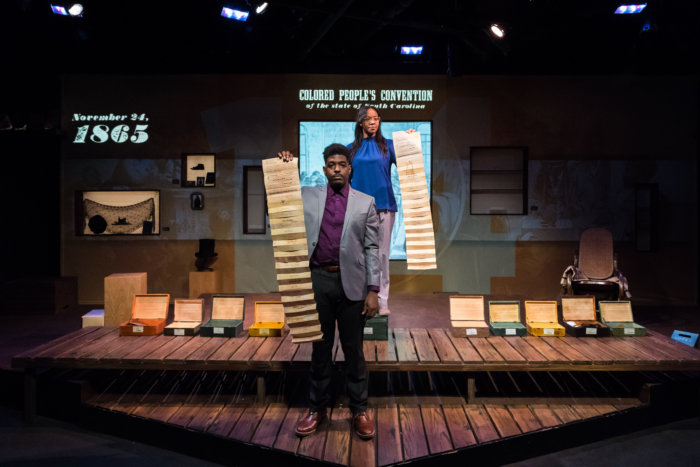
According to the release, The 2021 recovery grant application guidelines are available at pewcenterarts.org/apply. Grant recipients will be announced in late summer of 2021, and the implementation period for recovery projects extends from Aug. 1, 2021 to July 31, 2023. To be eligible for funding, organizations must have been project grantees of the Center within the last five years (2016-2020; a total of 51 eligible organizations); additional threshold criteria are outlined in the grant guidelines.
But all technicalities aside, these grants mean something a bit more than dollar signs.
“It’s gratifying and also humbling,” finishes Marincola. “My colleagues and I are deeply committed to carrying out the Center’s mission to support a vibrant cultural community in the Philadelphia region. The arts are essential to our civic life and a major contributor to the local economy. This year, we’ve been inspired by the inventiveness and determination that institutions and artists have shown in the face of huge challenges. They give us reason to look forward with hope and optimism.”
To learn more information about pewcenterarts.org



